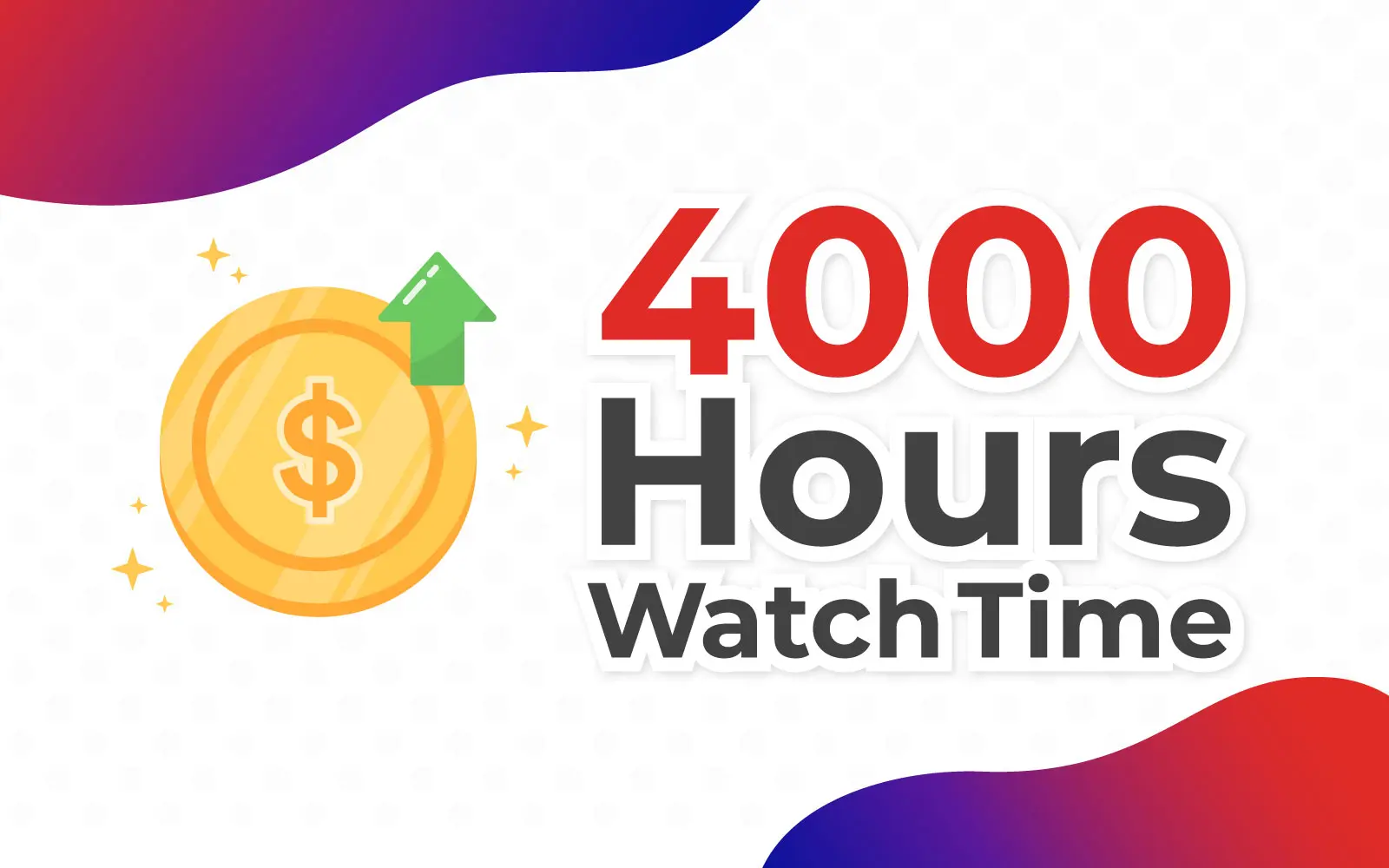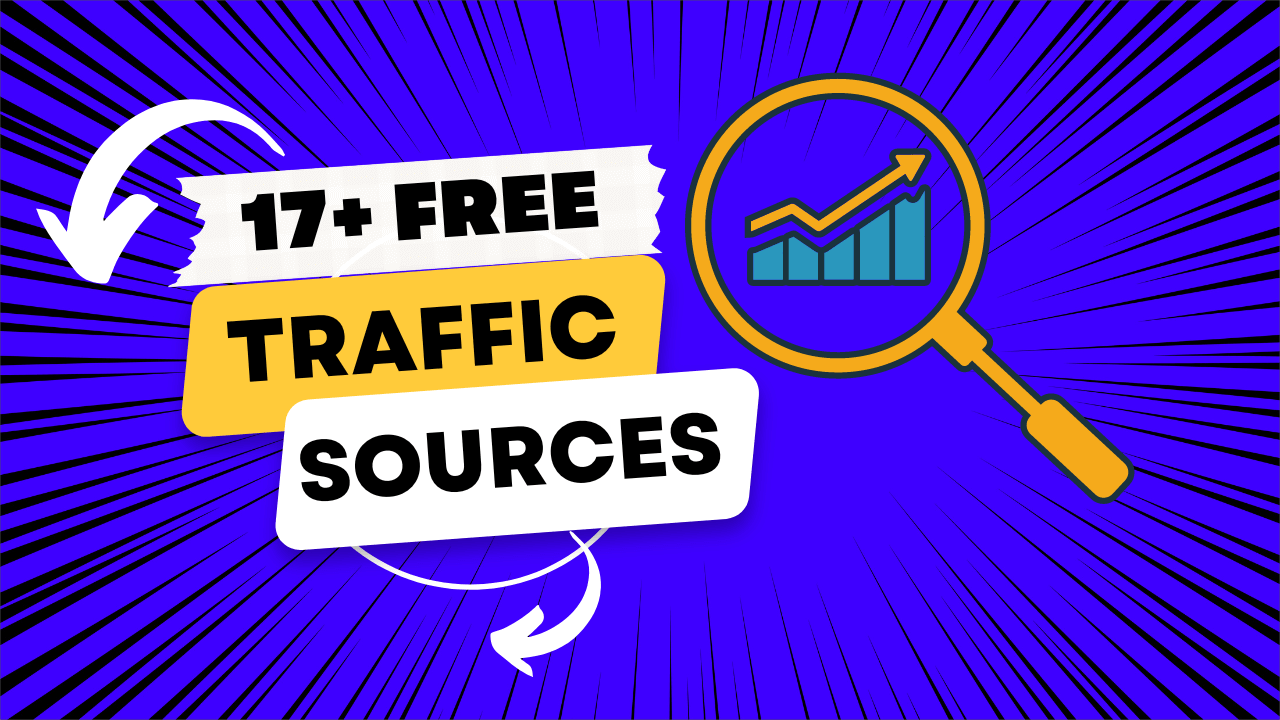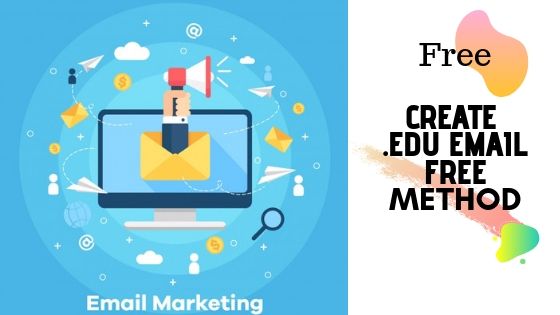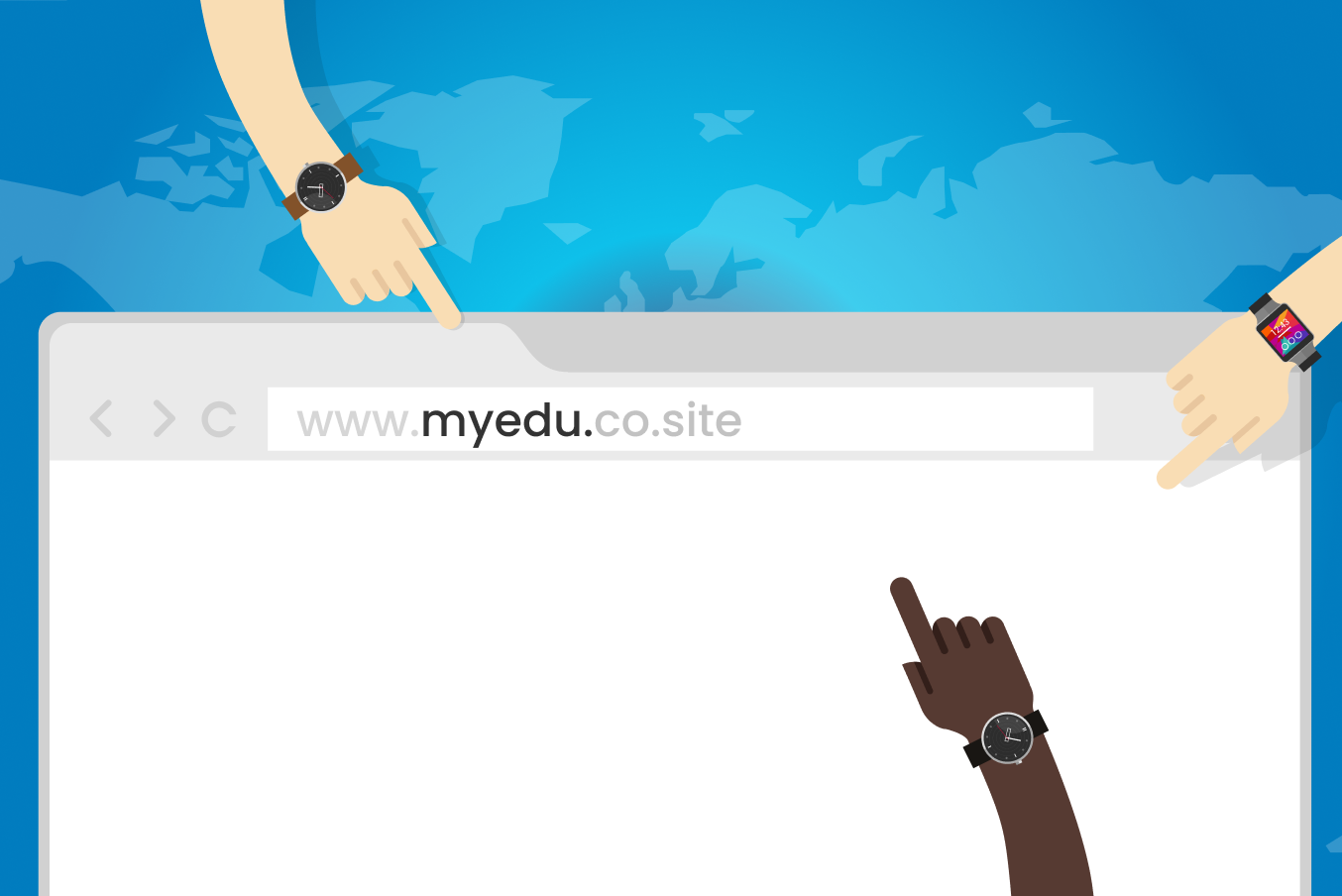The .edu email address is a symbol of affiliation with an educational institution, and it comes with a host of benefits, including access to exclusive discounts, free software, cloud storage, and academic resources. Traditionally, .edu emails are reserved for students, faculty, and staff of accredited educational institutions. However, many people wonder if it’s possible to obtain a .edu email without being a student. The answer is yes, but it requires some creativity and effort. This guide will explore legitimate ways to get a .edu email without being a student, the benefits of having one, and the potential pitfalls to avoid.
Table of Contents
- What is a .edu Email?
- Why Do People Want a .edu Email?
- Can You Get a .edu Email Without Being a Student?
- Legitimate Ways to Get a .edu Email Without Being a Student
- Option 1: Enroll in a Free or Low-Cost Online Course
- Option 2: Join a Community College as a Non-Degree Student
- Option 3: Apply for a Non-Degree or Certificate Program
- Option 4: Leverage Alumni Services
- Option 5: Participate in Educational Partnerships or Bootcamps
- Step-by-Step Guide to Getting a .edu Email
- Maximizing the Benefits of a .edu Email
- Potential Pitfalls and Ethical Considerations
- FAQs About .edu Emails
- Conclusion
1. What is a .edu Email?
A .edu email address is an email account provided by an accredited educational institution in the United States. The “.edu” domain is restricted to post-secondary institutions that meet specific accreditation criteria set by the U.S. Department of Education. These email addresses are typically issued to students, faculty, and staff, but there are ways for non-students to obtain them as well.
2. Why Do People Want a .edu Email?
A .edu email address comes with numerous perks, including:
- Exclusive Discounts: Access to student discounts on software (e.g., Adobe Creative Cloud, Microsoft Office), hardware (e.g., Apple, Dell), and services (e.g., Amazon Prime Student, Spotify).
- Free Software and Tools: Free or discounted access to tools like GitHub Student Developer Pack, Autodesk, and Canva Pro.
- Cloud Storage: Expanded or free cloud storage on platforms like Google Drive and Microsoft OneDrive.
- Academic Resources: Access to academic journals, research papers, and online learning platforms.
- Professional Credibility: A .edu email can enhance your professional profile, especially in academia or research.
3. Can You Get a .edu Email Without Being a Student?
Yes, it is possible to get a .edu email without being a traditional degree-seeking student. Many educational institutions offer .edu emails to non-degree students, alumni, or participants in specific programs. However, the process requires careful research and adherence to institutional policies.
4. Legitimate Ways to Get a .edu Email Without Being a Student
Here are five legitimate ways to obtain a .edu email without being a student:
Option 1: Enroll in a Free or Low-Cost Online Course
Many universities and colleges offer free or low-cost online courses through platforms like Coursera, edX, or Udemy. Some institutions provide a .edu email address to participants in these courses, even if they’re not degree-seeking students.
- Search for free or low-cost online courses offered by accredited institutions.
- Enroll in a course that provides a .edu email.
- Complete the registration process to receive your email.
Option 2: Join a Community College as a Non-Degree Student
Community colleges often allow non-degree students to enroll in individual courses. These students may receive a .edu email address as part of their enrollment.
- Research community colleges in your area or online.
- Apply as a non-degree or part-time student.
- Register for a course and request a .edu email.
Option 3: Apply for a Non-Degree or Certificate Program
Some universities allow non-degree students to enroll in certificate programs or individual courses. These programs often come with the same benefits as degree programs, including a .edu email.
- Look for universities that offer non-degree or certificate programs.
- Apply and enroll in a course or program.
- Request your .edu email during the registration process.
Option 4: Leverage Alumni Services
If you’ve previously attended a college or university, check if your alma mater offers lifelong email services to alumni. Many institutions allow graduates to retain their .edu email addresses.
- Contact your alma mater’s IT or alumni office.
- Inquire about alumni email services.
- Reactivate or set up your .edu email.
Option 5: Participate in Educational Partnerships or Bootcamps
Some organizations and companies partner with educational institutions to provide .edu email addresses to their members or employees. For example, certain coding bootcamps or online learning platforms may offer .edu emails as part of their program.
- Research educational partnerships or programs.
- Enroll in a program that offers a .edu email.
- Follow the instructions to set up your email.
5. Step-by-Step Guide to Getting a .edu Email
Here’s a quick step-by-step guide to obtaining your .edu email:
- Research Institutions: Identify universities, community colleges, or online programs that offer .edu emails to non-degree or part-time students.
- Enroll in a Program: Apply for a free or low-cost course, non-degree program, or community college class.
- Complete Registration: Fill out the required forms and provide necessary documentation (e.g., ID, proof of address).
- Request Your Email: During the registration process, inquire about obtaining a .edu email address. Some institutions automatically provide one upon enrollment.
- Set Up Your Email: Follow the instructions provided by the institution to activate and access your .edu email.
- Verify Benefits: Once your email is active, verify the benefits it unlocks, such as discounts, software, and cloud storage.
6. Maximizing the Benefits of a .edu Email
Once you have your .edu email, make the most of it by:
- Signing Up for Student Discounts: Use your email to access discounts on software, hardware, and services.
- Accessing Free Tools: Explore free tools and resources available to students, such as GitHub Student Developer Pack or Autodesk software.
- Expanding Cloud Storage: Upgrade your cloud storage on platforms like Google Drive or Microsoft OneDrive.
- Joining Academic Communities: Use your email to join academic forums, research groups, or online learning communities.
- Building Your Professional Profile: Use your .edu email to enhance your credibility in academic or professional settings.
7. Potential Pitfalls and Ethical Considerations
While obtaining a .edu email without being a student is possible, it’s important to consider the following:
- Ethical Use: Ensure that you use your .edu email responsibly and in accordance with the institution’s policies.
- Account Revocation: Some institutions may revoke your email if they discover you’re not actively participating in their programs.
- Limited Access: Non-degree students may have limited access to certain resources compared to full-time students.
8. FAQs About .edu Emails
Q1: Can I get a .edu email without being a student?
Yes, some institutions offer .edu emails to non-degree students, alumni, or participants in free online courses.
Q2: Are .edu emails free forever?
Most .edu emails are free as long as you remain affiliated with the institution. Some schools allow alumni to keep their emails indefinitely.
Q3: Can I use a .edu email for professional purposes?
Yes, a .edu email can add credibility to your professional profile, especially in academic or research-related fields.
Q4: What if I lose access to my .edu email?
If you lose access, contact the institution’s IT department to inquire about reactivating your account.
9. Conclusion
While .edu emails are traditionally reserved for students, faculty, and staff, there are legitimate ways to obtain one without being a student. By enrolling in free or low-cost online courses, joining community colleges, or leveraging alumni services, you can secure a .edu email and unlock its full potential.
Remember to use your .edu email responsibly and take advantage of the many perks it offers. Whether you’re a professional, lifelong learner, or someone looking to access exclusive benefits, a .edu email can be a valuable asset in your personal and professional journey.










